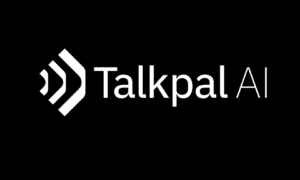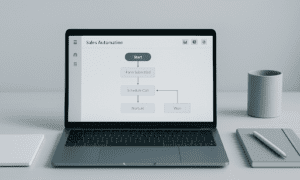In this modern era, Meghana Orugunta, an expert in educational technology, explores the transformative role of cloud computing in digital education. Her work highlights how modern learning systems leverage cloud architecture to enhance accessibility, performance, and personalization on a global scale. These advancements enable institutions to adopt flexible, data-driven strategies that enhance both teaching and learning experiences. Cloud architecture enhances accessibility, performance, and personalization on a global scale, offering institutions and learners innovative ways to engage with educational content.
The Evolution of Digital Learning Platforms
Traditional learning management systems (LMS) have evolved into highly scalable cloud-native platforms. This shift has significantly improved system availability, with modern LMS solutions boasting 99.97% uptime and the ability to support millions of users simultaneously. Advanced architectures enable institutions to process thousands of requests per second, ensuring seamless learning experiences worldwide.
Microservices: The Backbone of Scalable Education
The adoption of microservices-based architectures has transformed educational platforms. By breaking down complex systems into smaller, independent services, institutions have achieved a 94.7% reduction in system failures and a 312% increase in deployment efficiency. This modular approach allows for faster updates and more reliable performance, ensuring platforms can quickly adapt to changing needs.
AI-Driven Personalization for Enhanced Learning
Artificial intelligence (AI) has introduced a new level of personalization in digital education. Machine learning algorithms analyze student data to offer tailored content recommendations, improving engagement rates by 167% and increasing course completion rates by nearly 79%. Adaptive learning systems detect knowledge gaps with 88.7% accuracy, ensuring students receive customized support.
AI also enables real-time feedback mechanisms that help educators identify struggling students earlier. By monitoring learning patterns, AI-driven tools suggest alternative resources, improving comprehension and retention rates. These systems enhance learning experiences and provide educators with valuable insights to optimize teaching strategies.
Global Content Delivery for Seamless Access
Cloud computing has significantly improved content delivery, ensuring that educational resources are accessible across diverse regions. With content replicated in 189 edge locations, latency has been reduced to just 47 milliseconds, and content availability has reached an impressive 99.999%.
Moreover, multilingual content delivery has expanded accessibility. Automated language translation and voice recognition technologies allow students to interact with learning materials in their native languages, bridging gaps between regions and enhancing global education standards.
Security and Compliance in Cloud-Based Education
As digital education expands, security and data protection remain paramount. Institutions leveraging cloud technologies report a 96.3% reduction in compliance issues and a 99.97% success rate in regional data routing. Encryption protocols and multi-factor authentication have significantly reduced unauthorized access attempts.
Advanced threat detection mechanisms powered by AI enhance cybersecurity. By analyzing user behavior, these systems detect potential threats and prevent security breaches. With an increasing reliance on digital tools, ensuring a safe and compliant learning environment is essential.
Optimizing Costs and Resource Utilization
The scalability of cloud platforms has led to significant cost reductions. Institutions have reported a 67.4% decrease in infrastructure expenses, alongside a 78.9% improvement in storage efficiency. Automated scaling ensures resources are allocated dynamically, preventing over-provisioning and reducing operational costs.
Institutions leverage pay-as-you-go models to optimize expenditures. This flexibility allows them to scale resources based on demand, preventing unnecessary spending. By adopting intelligent resource allocation strategies, cloud-powered education remains cost-effective and sustainable.
The Future of Cloud-Based Learning
Emerging technologies such as extended reality (XR) and real-time analytics are poised to enhance cloud-based education. Virtual laboratories offer immersive learning experiences, improving student engagement by 189%. Predictive analytics enable early intervention strategies, reducing dropout rates by 82.3%.
The integration of blockchain technology for credential verification is gaining momentum. Blockchain ensures secure and tamper-proof certification, allowing students to maintain verifiable academic records throughout their careers. This innovation could transform credential issuance and recognition globally.
In conclusion, Meghana Orugunta’s research highlights the transformative impact of cloud technologies on digital education. By integrating AI, microservices, and global content delivery networks, educational platforms have become more scalable, secure, and cost-effective. With continuous advancements in cloud computing and AI, digital education will become more immersive and inclusive. Institutions must remain agile, embracing these innovations to provide high-quality learning experiences for future generations.



































